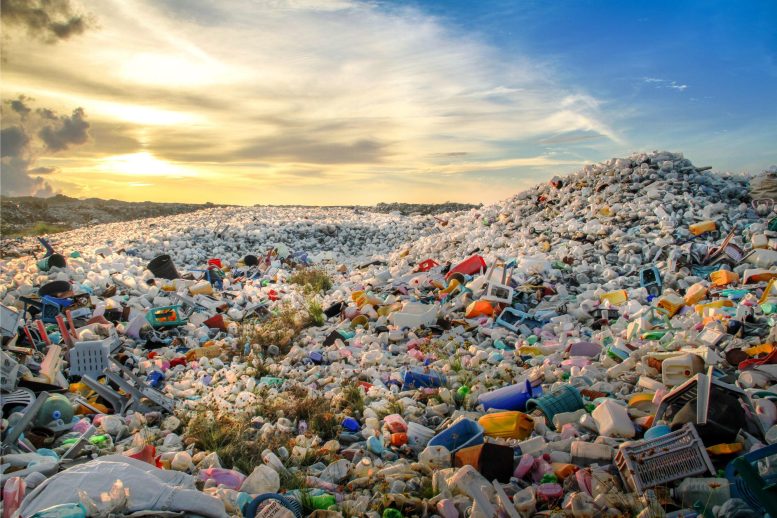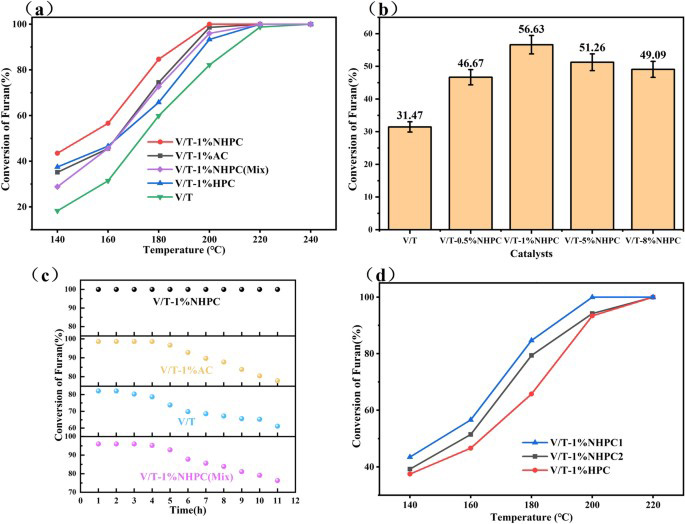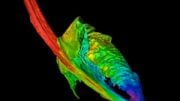
Researchers have developed a new catalyst that enhances the degradation of harmful pollutants at lower temperatures, using nitrogen-doped biomass carbon. This breakthrough, detailed in a study by Zhejiang University, offers a sustainable and cost-effective approach to environmental pollution mitigation, emphasizing the potential of biomass-derived materials in improving environmental protection efforts.
Scientists have achieved notable progress in reducing environmental pollution by improving the performance of vanadium-based catalysts with nitrogen-doped biomass carbon. This method facilitates the breakdown of furan at lower temperatures, providing a more efficient way to eliminate dangerous pollutants. Moreover, this advancement marks a major leap forward in developing more sustainable and economical methods for environmental conservation.
Polychlorinated dibenzo-p-dioxins and dibenzofurans are dangerous pollutants due to their carcinogenicity and persistence in the environment. Traditional catalytic oxidation methods for their removal face challenges like high cost and inefficiency at lower temperatures. Research has shown that using carbon materials, such as carbon nanotubes and active carbons, improves catalytic performance by enhancing the adsorption and distribution of active sites.

Graphical abstract. a The furan removal efficiency of various catalysts, b catalytic oxidation of furan on catalysts with different NHPC adding at 160 °C. HPC Hierarchical porous carbon, AC active carbon, NHPC N-doped hierarchical porous carbon, c On-stream reaction time over samples at 200 °C with GV=8000 mL g−1 h−1, d Comparative activity test of catalysts with NHPC and HPC combining, catalytic performance of furan on V/T1%NHPC1, V/T-1%NHPC2, and V/T-1%HPC. Credit: Waste Disposal & Sustainable Energy
However, their application is limited by costs and maintenance issues. N-doped carbon materials, derived from biomass, offer a promising alternative with their high surface area and porosity, potentially lowering operational temperatures and increasing efficiency.
Breakthrough in Catalyst Development
In a new study recently published in the journal Waste Disposal & Sustainable Energy, researchers from Zhejiang University, introduces a catalyst combining vanadium-based components and nitrogen-doped biomass carbon (NHPC). This development significantly enhances the low-temperature degradation activity of furan, offering a novel solution for the efficient breakdown of persistent organic pollutants, marking a significant step forward in environmental remediation efforts.
In this study, researchers developed a series of vanadium-based catalysts, and their catalytic performances were significantly enhanced by nitrogen-doped hierarchical porous carbon (NHPC) derived from biomass. This enhancement led to a marked improvement in the degradation of furan, a persistent organic pollutant, at lower temperatures than previously possible. The NHPC’s introduction into the catalyst structure facilitated an increase in active sites and improved the homogeneous distribution of vanadium oxide phases, which are crucial for the catalytic process. At 150 °C, the modified catalyst achieved 50% furan conversion, a significant improvement over traditional catalysts, with complete conversion occurring at 200°C.
Sustainable Environmental Remediation Techniques
Dr. Minghui Tang, a leading researcher in the study, states, “This breakthrough not only enhances the efficiency of furan degradation at significantly lower temperatures but also opens new pathways for sustainable environmental remediation techniques.”
The application of N-doped Hierarchical Porous Carbon (NHPC) in catalysts marks a pivotal advancement in environmental technology, offering a low-temperature, cost-effective method for hazardous pollutant removal. This innovation not only sets a new standard for pollution control but also underscores the potential of biomass-derived carbon materials in catalytic degradation., enhancing pollutant degradation efficiency and fostering sustainable environmental protection solutions.
Reference: “Enhancing mechanisms of N-doped biomass carbon on the vanadium-based catalyst for furan degradation at low temperature” by Ling Wang, Minghui Tang, Hongxian Li, Jiamin Ding, Juan Qiu and Shengyong Lu, 21 December 2023, Waste Disposal & Sustainable Energy.
DOI: 10.1007/s42768-023-00172-0









Could adding electrostatic charging to this process, which uses heat as the catalyst impetus, only at a lower temperature than earlier breakdown methods, also make this process even more efficient? Perhaps high electrostatic pulses, instead of a constant current would prove most effective in this application?,